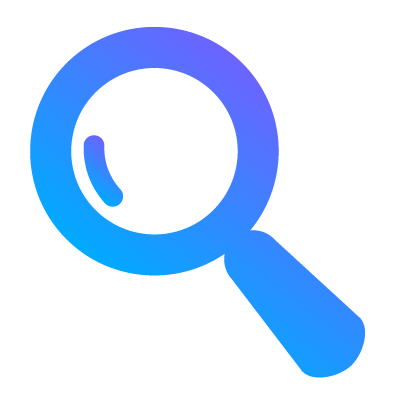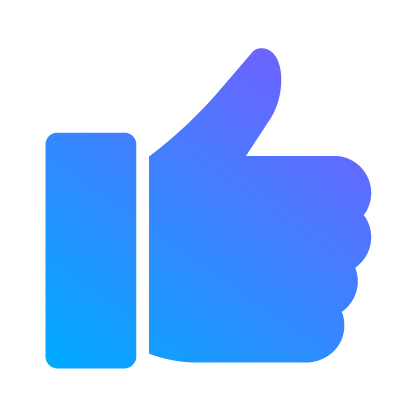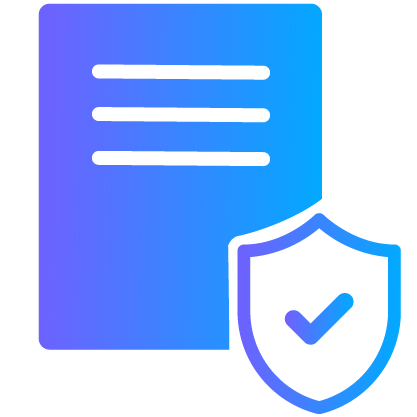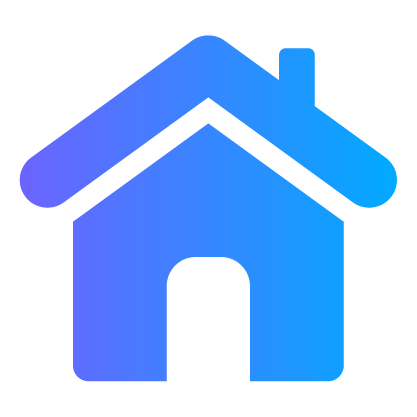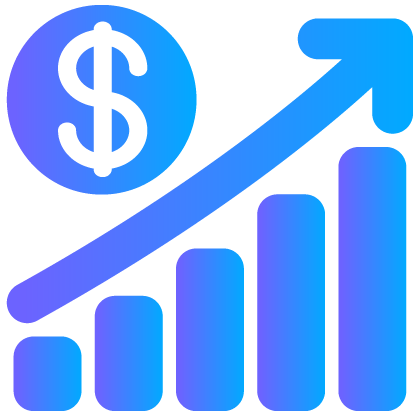Presenting to decision-makers in person has traditionally been an important step in closing a B2B sales deal. This practice has been heavily disrupted in the “work from Anywhere & Anytime” hybrid world we find ourselves in. A world where people are not explicitly remote or in-person, a world where everyone may not be able to meet at a single time. Either some or all of the decision-makers now attend a meeting remotely. B2B sales organizations have to quickly adjust to this reality of a hybrid world to remain competitive.
This article presents Zoomifier based best practices to enable a sales team to engage effectively in a hybrid world. It prescribes practical adjustments to sales presentations, overall sales engagement, as well as internal sales enablement. Adapting to these best practices will make your sales teams very competitive and efficient compared to traditional selling methods.
Presenting in an “Anywhere” Hybrid World
Audiences have developed “Zoom fatigue”, they have been “Zoomed Out”, and their attention span has dropped significantly. Simply sharing a traditional sales presentation with remote audience members via online meeting tools does not work because:
- The audience attends a sales meeting to engage with the presenter and not to stare at a slide! You will lose your audience in 8 to 20 seconds if you share your presentation with a remote audience using Teams, Webex, Google Meet, or Zoom (“traditional online tools”). The sales presenter has to be present front and center on the screen (and not mixed up within the audience) as shown below.
- When you use traditional online tools to share videos, animations, and high-resolution images, the audience sees a time-lagged, discolored, and pixelated version. This misrepresents your offerings to the remote audience and harms your brand. Zoomifier Simulcast eliminates these problems by directly streaming high-definition videos, animations, and high-resolution graphics to the remote audiences instead of “scrapping” the presenter’s screen.
Here are a few additional tips that we recommend to our customers who present with Simulcast:
- Keep your camera on while you are presenting, so that you will be in front of the content you are presenting.
- At the start of a meeting, keep your video at the maximum size. You can progressively reduce the size of your video to show more of your slide content.
- Leverage the video fade options. If you want to show a full screen of slide content, fade your video out, but don’t disappear from the screen. Remember, that your audience is interested in engaging with you and not just consume slide content.
- Dress to impress! When you are presenting remotely, make sure you look presentable and find a spot with a simple background such as a plain wall. Void blur effects or branded backgrounds as they are unnatural and can be distracting.
- Pause as frequently as possible and solicit engagement by asking questions, conducting impromptu polls, or seeking confirmation to specific topics. The majority of the remote audience is multi-tasking. Unless they are actively engaged, you will lose them in a few minutes.
- Design a non-linear presentation. We’ve all been in a presentation where we count the number of slides that were presented and count down the number of slides remaining. You can spend the first 15 minutes going from one slide to the next (as in any traditional linear presentation). After that, keep it interactive and only present content driven by the audience’s questions. Design a good navigation scheme within your presentation that enables an easy and seamless transition to any topic of the audience’s interest. If you do this right, there is no limit to how long you can present in a hybrid world!
- If there are more than 10 attendees, consider having an additional colleague join the presenter. This additional sales team member can handle Q&A using built-in chat as well as share relevant content to continue the conversation and engagement beyond the online meeting.
A combination of well-designed, non-linear CustomShows that puts every relevant content item within the Digital Library at your fingertips as well as online meetings hosted through Simulcast helps you present and engage your audience more effectively in the hybrid world.
Sales Engagement in a “Anytime” Hybrid World
Traditional selling relies on in-person or online meeting-based engagements. This is not enough in the hybrid world. A customer journey now also requires an offline, content-based engagement, especially in the early stages of the sales cycle when the prospect is still exploring many solutions. Client is likely to spend 80% of their time engaging with your offline content compared to engaging with you in person or in online meetings.
Sales teams can boost productivity in a hybrid world by using digital tools to streamline their schedules. Leveraging google maps route planning minimizes transit time between meetings, ensuring more client engagements and reducing travel fatigue. This efficiency leads to more effective presentations and higher close rates. In fact, the shift toward asynchronous communication and flexible tools mirrors the rise of remote flexible jobs, where professionals prioritize autonomy and digital-first workflows to stay efficient and responsive.
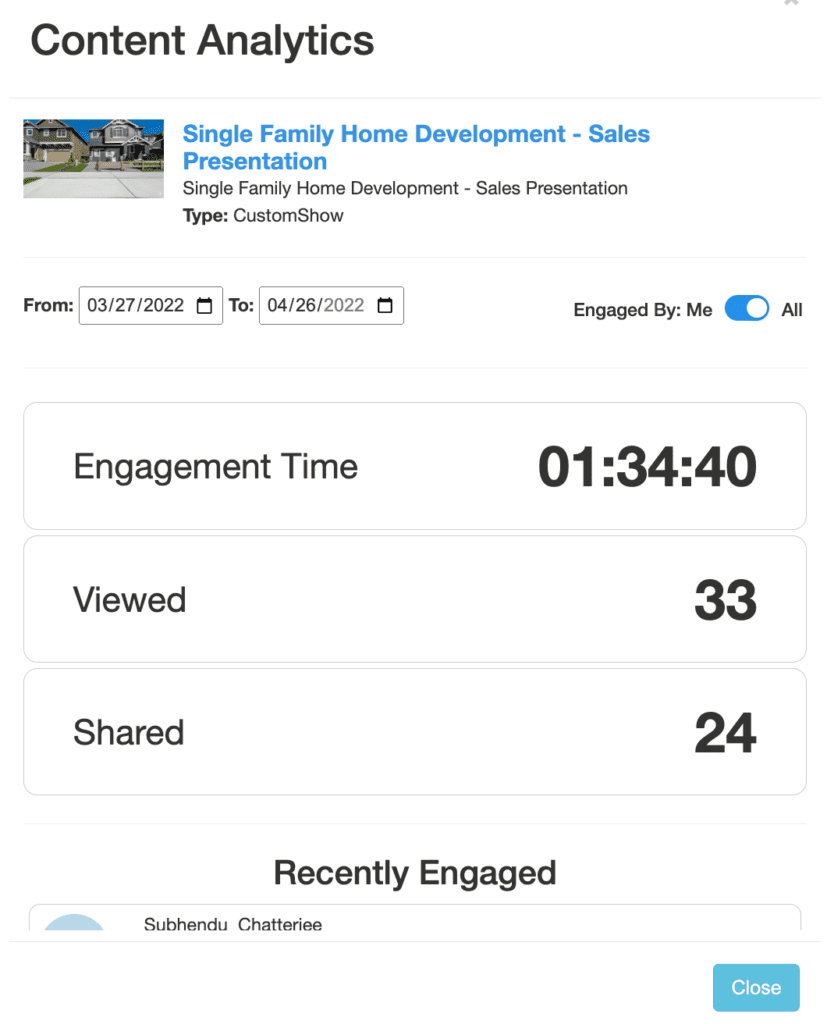
In in-person or online meeting-based engagements, an experienced salesperson watches the audience’s body language to derive better insights into their decision-making process. How do you gain such insights into offline, content-based engagement? Zoomifier helps you achieve this by tracking users’ engagement with the content to capture content analytics. Content analytics has become an essential requirement in the hybrid world since it captures the customer’s “digital body language”.
This combination of sharing offline content and watching customers’ digital body language is very potent for B2B sales. It enables your prospect to engage with you anytime. It enables you to continuously personalize and fine-tune your content based on the content analytics. This form of sales engagement in an “anytime” hybrid world rapidly nurtures decision-makers and accelerates buying decisions.
Here are a few best practices that will help you maximize in-person, online, and offline sales engagements using Zoomifier:
- Build meaningful engagement with your prospects using candidate management systems with integrated content analytics. Zoomifier enables you to track how customers engage with the content you shared with them. Our clients have found that this digital body language often delivers more insights into a buyer’s decision-making process compared to watching their in-person body language.
- Personalize the presentation to align with the prospect’s challenges and requirements for every pitch deck instead of using a standard presentation deck. Audience engagement will go up significantly.
- After an in-person or online meeting, follow up with a personalized Narrative of the presentation instead of a PDF or a link to the actual presentation. Prospects are more likely to share this information in video format since it is easier to consume and more specific to them.
Sales Enablement in a Hybrid World

To help B2B sales teams win in the hybrid world, digital marketing teams need to adjust their sales enablement tactics. Here are a few best practices that our customers have found very effective:
- Minimize text and use relevant videos, animations, illustrations, email template builder for cutomization and infographics. This will greatly enhance offline sales engagement with your content.
- Break down large white papers and case studies into small, snackable content chunks, each of which can be consumed in 30 seconds to 2 minutes.
- Build a customer journey map with this snackable content so that the user can pick the content chunks most relevant to them. The best software for sales automation will help your sales team automate nurturing multiple stakeholders and decision-makers involved in each B2B sales deal.
- Reorganize large presentation decks into slide libraries that enable your sales teams to rapidly personalize presentations for each pitch.
- Leverage nonlinear navigation in CustomShow presentations to make it seamless to transition ad hoc from one topic to the next.
- Make it a habit to view content analytics and continuously evolve your sales content based on the insights derived from the sales engagement.





